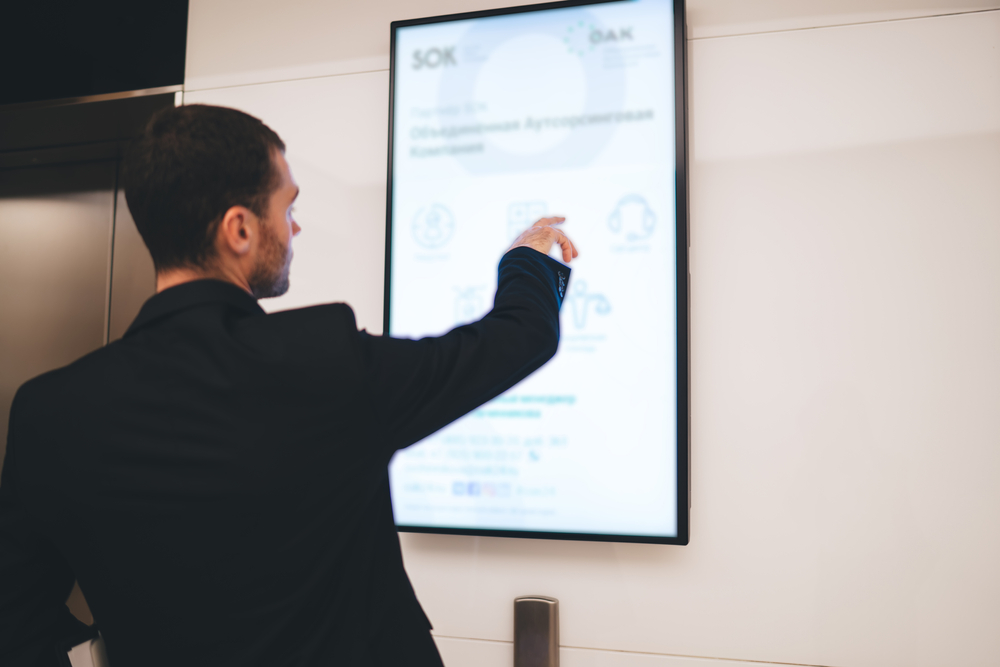The Role of Visual Aids in Creating Powerful Trial Presentations
The Role of Visual Aids in Creating Powerful Trial Presentations
Blog Article
The Power of Visuals in Test Presentations for a Winning Argument
The integration of visuals in trial discussions has actually arised as an essential variable in effectively communicating complex arguments to jurors. By utilizing various forms of aesthetic help-- be it diagrams, photos, or computer animations-- attorneys can enhance understanding and retention, ultimately shaping the court's perception of the case.
Importance of Visuals in Tests
In several lawful settings, visuals play an essential role in enhancing the performance of test presentations. The integration of aesthetic components can dramatically affect jurors' understanding and retention of complex information, therefore forming their perceptions and choices. Visuals, such as graphes, representations, and pictures, can streamline elaborate stories, making them much more available and compelling.
In addition, the human brain processes aesthetic information extra effectively than text, which emphasizes the significance of incorporating visuals into lawful disagreements. By translating thick legal ideas into aesthetic formats, lawyers can help with more clear communication, making certain that bottom lines are not neglected throughout trials.
Furthermore, visuals serve to engage jurors on a psychological level, cultivating a link to the case that words alone may fall short to achieve. The tactical use visuals can evoke compassion, prompting jurors to take into consideration the human aspects of the situation.
Ultimately, the value of visuals in tests hinges on their ability to improve quality, enhance juror involvement, and reinforce the narrative existing. This potent mix is necessary for crafting persuasive disagreements that reverberate with jurors and affect the outcome of legal process.
Kinds of Visuals to Use
Efficient test discussions can considerably take advantage of a variety of visual devices that satisfy various aspects of the case. trial presentations. Utilizing representations and graphes can properly damage down complex information, making it a lot more absorbable for jurors. For example, flowcharts can highlight the sequence of events, while bar chart may succinctly compare appropriate information factors.

Animations and simulations can additionally play a critical role, particularly in instances entailing technological information or intricate situations. These visuals can dynamically stand for processes or activities, giving clarity and interaction that fixed photos might not achieve.
Furthermore, infographics combine text and visuals to summarize important information efficiently. They can offer timelines, data, and substantial instance factors in an aesthetically attractive way, making it much easier for jurors to comply with the disagreement.
Enhancing Comprehension and Retention

Enhancing comprehension and retention throughout trial discussions is critical for making certain that jurors comprehend the necessary aspects of a case. Aesthetic aids work as effective tools hereof, converting complicated information into easily absorbable styles. By utilizing graphes, diagrams, and infographics, lawyers can streamline intricate information and highlight key factors that may or else be forgotten.
Studies have revealed that individuals maintain information dramatically better when it is offered aesthetically. This is specifically relevant in a test setting, where jurors may be bewildered by the quantity of evidence great post to read and testament. By tactically incorporating visuals, lawyers can route jurors' interest to one of the most vital aspects of the situation, enhancing their understanding and memory of the material offered.

Creating Involving Presentations
Fascinating jurors' focus during test presentations is crucial for conveying an engaging narrative. Engaging discussions leverage aesthetic elements to produce a remarkable experience that reverberates with jurors. The strategic use graphics, animations, and video clips can clarify complex info, making it more easily accessible and relatable.

Furthermore, incorporating narration techniques can improve engagement. Providing proof in a rational series that builds psychological appeal enables jurors to get in touch with the material on an individual level. Numerous presentation styles, such as including short video or interactive elements, can likewise receive interest and interest throughout the test.
Ultimately, an appealing presentation promotes a more profound understanding of the instance, enabling jurors to better value the arguments existing and bring about an extra favorable result.
Study and Success Stories
Countless study highlight the substantial influence of visuals in trial presentations, demonstrating their capacity to affect juror perceptions and ultimately the results of situations. For instance, a remarkable situation entailing an injury case highlighted how making use of a 3D animation of the accident scene cleared up complicated details. Jurors reported really feeling even more informed and understanding, significantly swaying their choice for the complainant.
In an additional circumstances, a business litigation case used infographics to existing financial data and timelines, making intricate details obtainable. The graph allowed jurors to understand the nuances of the instance better than spoken explanations alone. trial presentations. Because of this, the court returned a judgment that exceeded the customer's expectations
The engaging visuals not only aided in producing question but likewise click to read reverberated emotionally with jurors, leading to an acquittal. These success stories emphasize the need of incorporating visuals right into test presentations, as they improve understanding, retention, and eventually, the convincing power of lawful arguments.
Final Thought
In final thought, the calculated unification of visuals in test discussions considerably boosts jurors' comprehension and retention of intricate information. Involving presentations, supported by compelling situation research studies, demonstrate the profound impact that visuals can have on persuasive communication.
Report this page